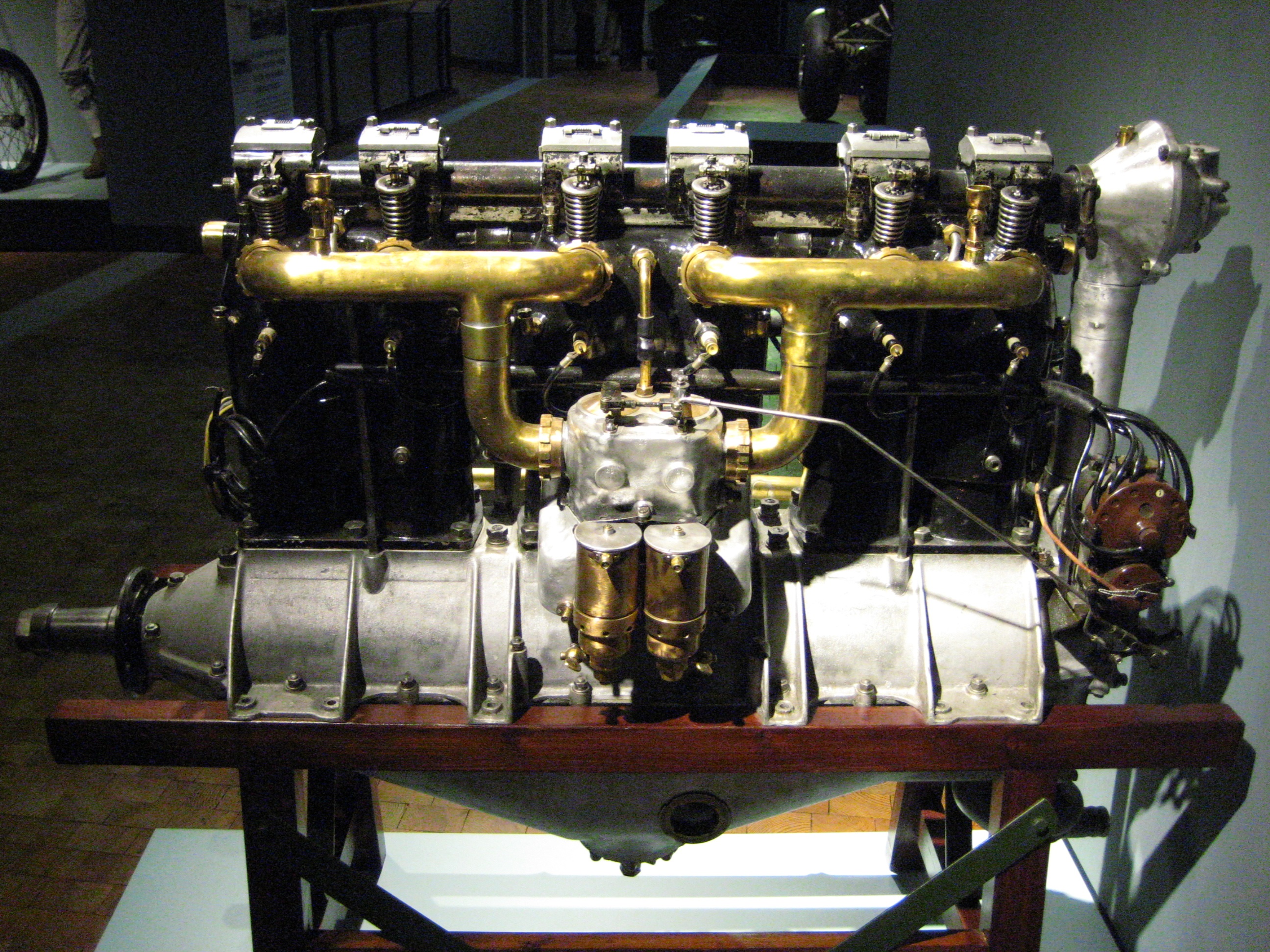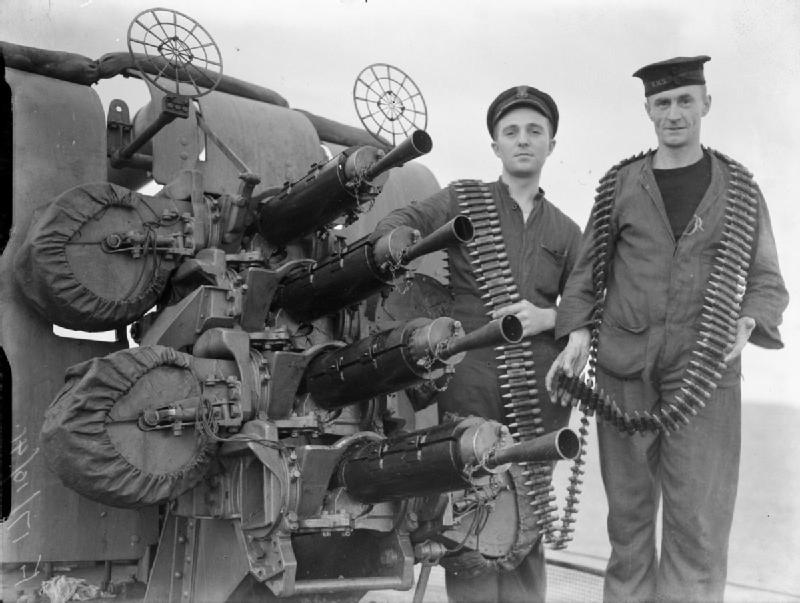|
Letov Š-5
The Letov Š-5 was a light scout aircraft built by Letov in the early 1920s. Design The Š-5 was similar to the Letov Š-1 in armament and equipment. However, the weight was greater, and the fuselage was stronger and easier to repair. Only one aircraft was built, serving in an aviation school in Cheb until 1930. Specifications References Further reading * 1920s Czechoslovak military reconnaissance aircraft S-5 Biplanes Single-engined tractor aircraft Aircraft first flown in 1923 {{aero-1920s-stub ... [...More Info...] [...Related Items...] OR: [Wikipedia] [Google] [Baidu] |
Letov Kbely
Letov is an aircraft company located in Letňany district of Prague, Czech Republic. It is the oldest aircraft company in the region. History Letov was founded in 1918 by the Czechoslovak Ministry of Defense to repair World War I trophy planes. The first indigenous aircraft, the Letov Š-1, was designed and built in 1920, and some 50 aircraft types were built by 1939. During World War II the factory served as repair shop for the German Luftwaffe. Production lines were also set up during World War II for combat versions of the Junkers Ju 290, Ju 290 aircraft, commencing with the Ju 290 A-2, which carried a search radar for its patrol role. Since the 1950s, the plant has manufactured parts for the MiG-15, MiG-19 and MiG-21. Over 4,000 wings and empennages for Aero L-29 Delfín, L-29 Delfín, a jet engine, jet trainer aircraft that became the standard jet trainer for the air forces Warsaw Pact nations in the 1960s, were built by Letov. The company has also built wings and empennag ... [...More Info...] [...Related Items...] OR: [Wikipedia] [Google] [Baidu] |
Letov Š-1
The Letov Š-1 was a Czechoslovak single-engined, two-seat biplane surveillance aircraft. It was the first military aircraft built in Czechoslovakia. It was designed by Alois Šmolík at Letov Kbely Letov is an aircraft company located in Letňany district of Prague, Czech Republic. It is the oldest aircraft company in the region. History Letov was founded in 1918 by the Czechoslovak Ministry of Defense to repair World War I trophy planes .... The Š-1 first flew in 1920. Variants ;SH-1: Hiero L engines. Later redesignated Š-1. 28 built. ;SM-1: Maybach Mb.IVa engines. Later redesignated Š-2. 64 built. ;Sm A 1: Commercial variant. Canopy over rear cockpit for two passengers. Specifications (Š-1) References Further reading * * {{DEFAULTSORT:Letov S-1 1920s Czechoslovak military reconnaissance aircraft S-1 Biplanes Single-engined tractor aircraft Aircraft first flown in 1920 ... [...More Info...] [...Related Items...] OR: [Wikipedia] [Google] [Baidu] |
Hiero L
In 1914 Otto Hieronimus manufactured the six-cylinder Hiero E, also known as the Hiero 6 engine which was derived from earlier 4-cylinder engines. The Hiero engine like the Austro-Daimler powered many of Austria's World War I aircraft. Hiero aircraft engines were designed by Otto Hieronimus, a famous Austrian auto racer of the early 1900s. His initial designs were liquid-cooled inline engines built by the Laurin & Klement Automobile Works of Austria. Design and development The Hiero E had a 135 mm x 180 mm bore/stroke (15.46L / 943.4cuin) and delivered 200-230 hp. The engine had the typical features of an inline vertical 6-cylinder: aluminum crankcase, cast iron cylinders, one inlet and one exhaust valve per cylinder controlled by bars and rockers, as part of a "SOHC" (single overhead camshaft) valvetrain like the Mercedes D-series aviation engines of the German Empire, and dual ignition with two Bosch magnetos. During World War I, the highly regarded Hiero en ... [...More Info...] [...Related Items...] OR: [Wikipedia] [Google] [Baidu] |
Inline Engine (aviation)
In aviation, an inline engine is a reciprocating engine with cylinder bank, banks of cylinders, one behind another, rather than rows of cylinders, with each bank having any number of cylinders, although more than six is uncommon. The major reciprocating-engine alternative configuration is the radial engine, where the cylinders are placed in a circular or "star" arrangement. The term "inline" is used somewhat differently for aircraft engines than automotive engines. For automotive engines, the term ‘inline’ refers only to straight engines (those with a single bank of cylinders). But for aircraft, ‘inline’ can also refer to engines which are not of the straight configuration, such as V, H, or horizontally opposed. Inline engine configurations ;Straight engine, Straight: Engines with a single bank of cylinders which can be arranged at any angle but typically upright or inverted, (e.g. upright ADC Cirrus, inverted de Havilland Gipsy Major). ;V engine, V:Engines with two bank ... [...More Info...] [...Related Items...] OR: [Wikipedia] [Google] [Baidu] |
Vickers Machine Gun
The Vickers machine gun or Vickers gun is a Water cooling, water-cooled .303 British (7.7 mm) machine gun produced by Vickers Limited, originally for the British Army. The gun was operated by a three-man crew but typically required more men to move and operate it: one fired, one fed the ammunition, the others helped to carry the weapon, its ammunition, and spare parts. It was in service from before the First World War until the 1960s, with air-cooled versions of it on many Allies of World War I, Allied World War I Aviation in World War I, fighter aircraft. The weapon had a reputation for great solidity and reliability. Ian V. Hogg, in ''Weapons & War Machines'', describes an action that took place in August 1916, during which the British 100th Company of the Machine Gun Corps fired their ten Vickers guns to deliver sustained fire for twelve hours. Using 100 barrels, they fired a million rounds without breakdowns. "It was this absolute foolproof reliability which endear ... [...More Info...] [...Related Items...] OR: [Wikipedia] [Google] [Baidu] |
1920s Czechoslovak Military Reconnaissance Aircraft
Nineteen or 19 may refer to: * 19 (number) * One of the years 19 BC, AD 19, 1919, 2019 Films * ''19'' (film), a 2001 Japanese film * ''Nineteen'' (1987 film), a 1987 science fiction film * '' 19-Nineteen'', a 2009 South Korean film * '' Diciannove'', a 2024 Italian drama film informally referred to as "Nineteen" in some sources Science * Potassium, an alkali metal * 19 Fortuna, an asteroid Music * 19 (band), a Japanese pop music duo Albums * ''19'' (Adele album), 2008 * ''19'', a 2003 album by Alsou * ''19'', a 2006 album by Evan Yo * ''19'', a 2018 album by MHD * ''19'', one half of the double album ''63/19'' by Kool A.D. * ''Number Nineteen'', a 1971 album by American jazz pianist Mal Waldron * ''XIX'' (EP), a 2019 EP by 1the9 Songs * "19" (song), a 1985 song by British musician Paul Hardcastle * "Stone in Focus", officially "#19", a composition by Aphex Twin * "Nineteen", a song from the 1992 album ''Refugee'' by Bad4Good * "Nineteen", a song from the 2001 ... [...More Info...] [...Related Items...] OR: [Wikipedia] [Google] [Baidu] |
Letov Aircraft
Letov can refer to: * Letov Kbely, a Czech (and Czechoslovak) aircraft company * Yegor Letov Igor "Yegor" Fyodorovich Letov (, ; (10 September 1964 – 19 February 2008) was a Russian singer-songwriter, best known as the founder and leader of the post-punk/psychedelic rock band Grazhdanskaya Oborona (), as well as the founder of the con ... (1964–2008), Russian punk rock musician, leader of the band Grazhdanskaya Oborona * Sergey Letov (born 1956), Russian saxophonist, brother of Yegor Letov {{disambig ... [...More Info...] [...Related Items...] OR: [Wikipedia] [Google] [Baidu] |
Biplanes
A biplane is a fixed-wing aircraft with two main wings stacked one above the other. The first powered, controlled aeroplane to fly, the Wright Flyer, used a biplane wing arrangement, as did many aircraft in the early years of aviation. While a biplane wing structure has a structural advantage over a monoplane, it produces more drag (aerodynamics), drag than a monoplane wing. Improved structural techniques, better materials and higher speeds made the biplane configuration obsolete for most purposes by the late 1930s. Biplanes offer several advantages over conventional cantilever monoplane designs: they permit lighter wing structures, low wing loading and smaller span for a given wing area. However, interference between the airflow over each wing increases drag substantially, and biplanes generally need extensive bracing, which causes additional drag. Biplanes are distinguished from tandem wing arrangements, where the wings are placed forward and aft, instead of above and below. ... [...More Info...] [...Related Items...] OR: [Wikipedia] [Google] [Baidu] |


